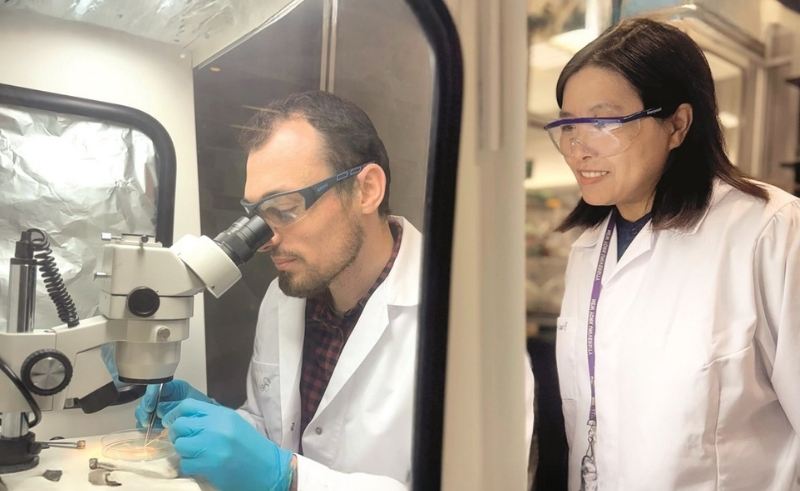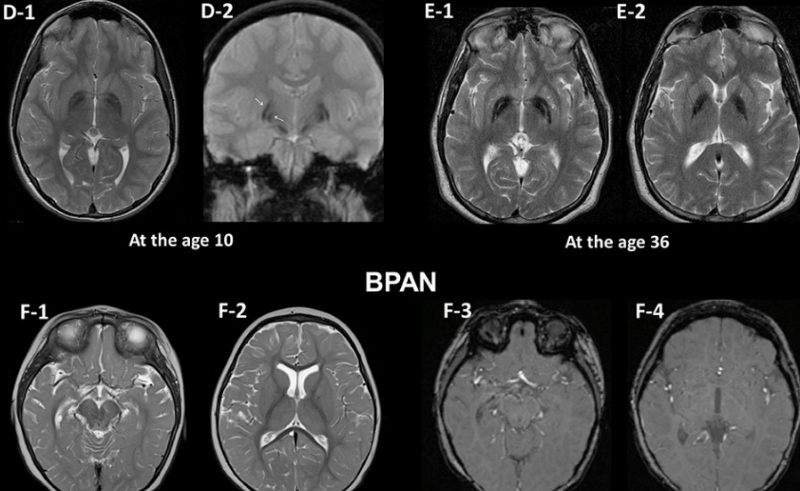Interview: NYUAD Researchers Trace Autism to Tiny Brain Signal
NYUAD scientists uncover how one RNA tag may determine whether neurons grow, connect or misfire, shaping brain development and mental health.

In the spring of 1938, a six-year-old boy named Donald arrived at Johns Hopkins Hospital. He could recite entire passages from encyclopaedias, calculate calendar dates years in advance, and perform complex mental arithmetic. But he rarely made eye contact. He repeated phrases instead of conversing. He flinched at touch. He seemed, as one observer put it, "cut off from the ordinary world."
Dr. Leo Kanner took careful notes. Donald was intelligent, even gifted, but profoundly withdrawn. In 1943, Kanner published a paper describing him as “Case 1” in a condition he called early infantile autism. It was the first time science attempted to name, and map, what until then had been erroneously dismissed as parental failure.
Kanner didn’t know why Donald’s brain behaved the way it did. He could only record what he saw. But it marked a turning point: a moment when science began, cautiously, to see differences not as deficiency, but as something real, internal, and perhaps, one day, understandable.
And now, around 83 years after Kanner's first study, a team of researchers at NYU Abu Dhabi believes they’ve uncovered one such missing piece, hidden deep inside its molecular machinery.

In a study published this year in Cell Reports, Professor Dan Ohtan Wang and Research Associate Belal Shohayeb at NYUAD’s RNA-MIND Lab have discovered how a small chemical mark on RNA, a molecule that helps make proteins in the body, may determine whether axons grow properly in the first place.
The mark is called m6A methylation, and it acts like a tiny switch on the cell’s internal instructions. When present, it helps the cell build a specific protein called APC, which is essential for growing and stabilising axons. Without it, the message to produce APC gets lost, and the neuron stalls.
“This research connects a global process, how proteins are made across the cell, with highly local effects in neurons that guide brain development,” Wang tells SceneNowUAE. “We’re learning that when these finely tuned systems break down, the impact can be seen in conditions like autism and schizophrenia.”
Neurons, the cells in our brains, send out axons to reach other neurons. To do that, they need scaffolding - think of it like structural support for a growing bridge. That support comes from a protein called β-actin, which must be made locally at the tip of the axon. But β-actin can’t get there alone. It’s carried by the protein APC, which itself is only produced if the mRNA message is tagged correctly with m6A.
In other words, a single missed chemical mark can disrupt a chain reaction that affects whether neurons connect properly.
“If the mechanism is impaired,” Wang explains, “the local actin supply is insufficient, limiting the support the axon needs. That kind of structural problem contributes to the developmental and cognitive issues we see in disorders like autism and schizophrenia.”
It’s not that neurons are non-functional. It’s that they never quite reach each other. And in a brain made of connections, that can shape how a person experiences the world.

This may help explain why some people with autism or schizophrenia experience differences in perception, language, or social behaviour. “Loss-of-function mutations in APC have already been identified as genetic risk factors,” says Wang. “Our study now shows how these mutations affect how the protein is made in the first place.”
The team also faced a technical hurdle: these protein translations are happening in tiny, localised spots deep inside neurons. Detecting them meant using high-resolution single-molecule imaging, a sophisticated approach that’s only recently become possible. “We needed technology that preserved the spatial information inside intact neurons,” Wang says.
By overcoming that, the team was able to directly visualise how APC production depends on m6A, and how this delicate process breaks down when the tag is missing or mutated.
The hope is that by understanding this process, new diagnostic tools or therapies might follow. “We’ve identified RNA methylation deficiency as a contributing factor to disrupted axon development,” Wang says. “That means early tests that measure m6A-related activity could become part of a diagnostic toolkit.”
Trending This Week
-
Dec 04, 2025



























